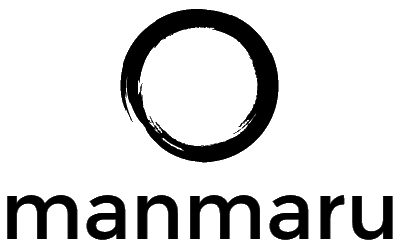Agile is an excellent framework for organizing a team to
produce work. But it says very little on how to make that team
excellent at
what they do. And that is one of Agile’s strengths – it allows a team to find
its own way to excellence without imposing rules.
Actually, Agile says *almost* nothing – but it does say
this:
-
The
best architectures, requirements, and designs emerge from self-organizing
teams
-
Agile
processes promote sustainable development.
-
Business
people and developers must work
together daily
throughout the project
-
At
regular intervals, the team reflects on how to become more effective,
then tunes and adjusts its behavior accordingly.
NB: taken from the Agile principles
These principles are still somewhat vague: we have to look
at Agile Methodologies, like Scrum,
to see how these can be done. Scrum
introduces the Scrum Master with guidelines to promote sustainability, daily
working, and reflection in retrospectives.
But the Scrum Master is a servant-leader to the team, and from here Scrum is
silent on how to ensure the team is behaving as an excellent team. Or rather, Scrum, and Agile as a whole, leave
the door open for excellence to take hold.
Excellence
Here excellence is the art of doing things easily, even if they
are difficult. It’s maximizing the amount of work NOT done, when you can reach
your goals with the minimum of effort, stress, complication. This could have been taken straight
from the book of Lean, Occam’s razor - climbers know this as "flow".
Many examples of excellent teams are all around us: A medical
team performing open-heart surgery, fire-fighters, an IT support desk,
Air-traffic controllers. In sport: an F1
pit team, a yacht crew, and of course, a rugby scrum. Even in the animal
kingdom you can find Wolves, whales, bees and ants whose teamwork is excellent.
Excellent teams are recognized as being excellent by the
following characteristics
-
They have a positive outlook with drive and
purpose
-
They Communicate well, are Friendly, and even
have Fun!
-
They are Supportive, they Share and Learn together
-
They are inclusive, they Trust and Respect each
other, are Open and Honest with each other
How then does a team gain these characteristics?
Firstly through awareness: Be aware of when you are
excellent, as an individual and as a team. Notice how you get things done, when
work is easy, when the team ‘Gels’, or when it delivers. Don’t focus on the
negatives – this is practicing to fail. Better to enhance the positive and use
the ripple effect to raise all round ability.
Next is buy-in. Ask
the team how they think an excellent team behaves, how work should be done,
what it would be like to work in an excellent team. Ask them what actions they
could take to encourage that behaviour. Since it comes from the team itself,
they will be more receptive to start acting this way.
Ask them what the benefits of excellent teams are? to the
team itself, their department, the organization, their customers. The potential
alone can be a great motivation.
Finally, make time for the team to update the issues in
retrospectives and other discussions, issues such as obstacles to excellence,
how to give each other support, and how to build on current successes into
areas still below par.
These concepts and tools can easily be combined with Agile
methodologies while still preserving the responsibility and synchronicity of
the team, and also helping them on the way to discover their own excellence.
This blog was inspired after attending the Technical Excellence course from Meta. Many thanks to Jo and Di for their insight and support.


